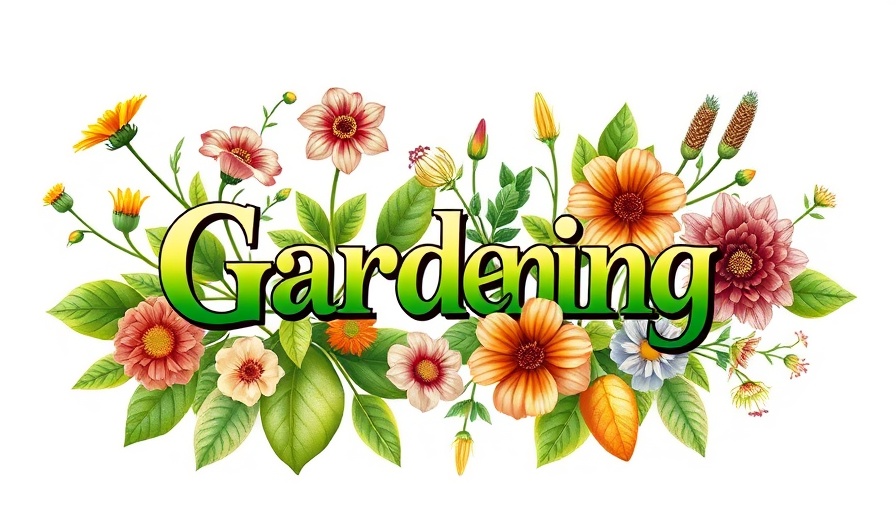
Why Green Onions Are Must-Haves in Your Garden
Green onions, also known as scallions or spring onions, are a versatile and delicious addition to any dish. Their mild flavor enhances everything from salads to soups, making them a staple in many kitchens. Moreover, they are incredibly easy to grow, ideal even for novice gardeners looking to cultivate their own herbs and vegetables.
Choosing the Right Type of Green Onion
When it comes to green onions, there are a few varieties to choose from. Bulb onions (Allium cepa) can be used to grow green onions if harvested before the bulbs develop. These provide a delightful flavor while allowing you to enjoy the tender green leaves. They are typically best grown in fertile and well-draining soil.
Perfecting Your Planting Technique
To plant green onions, you have two main options: direct seeding or transplanting seedlings. For direct seeding, plant small seeds about 1/4 inch deep and spaced 1/4 inch apart. If you're starting seedlings indoors, wait until about 8 to 10 weeks before the last expected frost to sow. This helps give them a head start and ensures robust growth.
Creating the Ideal Growing Conditions
Green onions flourish in sunny spots, requiring 6 to 8 hours of direct sunlight daily. Maintaining fertile and well-draining soil is crucial. Consider preparing your garden beds with compost and organic fertilizers to maximize nutrient availability. This way, you’ll ensure that your green onions grow healthy and flavorful.
Thinning and Harvesting: The Key to a Bountiful Crop
As your green onions grow, thinning them out is essential to allow adequate space for each plant to thrive. Eat the young, tender thinnings to reduce waste and enjoy fresh flavors right from your garden. It’s also important to harvest at the right time, ideally before they become tough and fibrous, ensuring that the green stalks remain sweet and tender.
Managing Seasonal Variations for Year-Round Growth
Green onions can be grown throughout the year, especially in hardiness zones 5 and above. Starting your seeds early in a cold frame or polytunnel can prolong your growing season. Additionally, mulching your plants with straw or leaves during winter can extend your harvest, letting you enjoy fresh green onions even in colder months.
The Joy of Growing Your Own Green Onions
There’s significant satisfaction in watching your green onions grow from seed to harvest. Not only do they add fresh flavors to your meals, but they also enhance your garden's aesthetic with vibrant green hues. Plus, with some simple techniques and consistent care, you can maintain a steady supply all year long.
Final Thoughts and Encouragement to Get Started
If you’re looking to add a delicious, easy-to-grow vegetable to your garden, green onions are the perfect choice. By investing a little time into proper planting and care, you'll soon enjoy harvesting your home-grown green onions for a variety of dishes. So gather your seeds, prepare your soil, and embark on this rewarding gardening journey!
 Add Row
Add Row  Add
Add 


Write A Comment